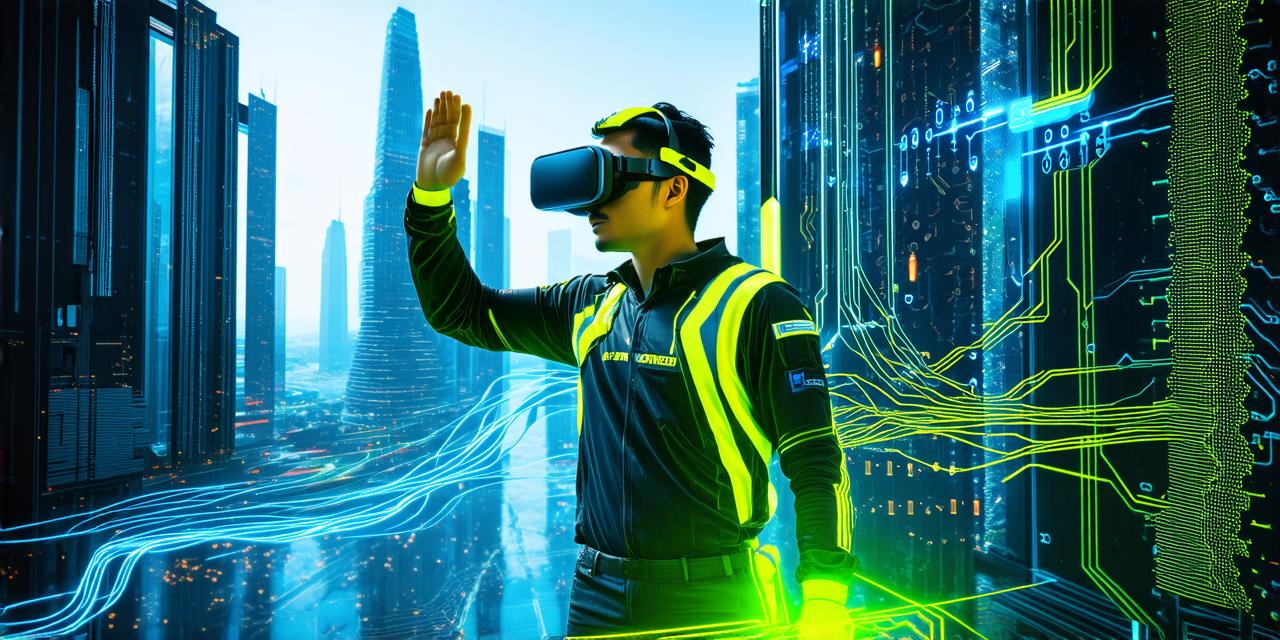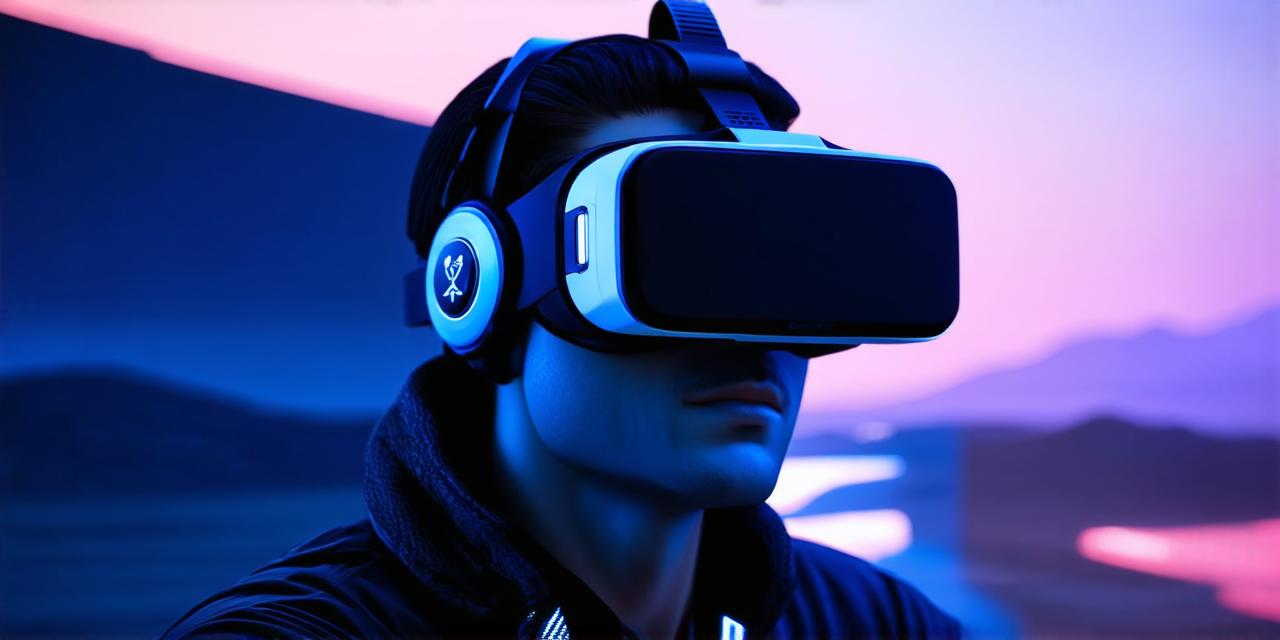Virtual reality (VR) technology has come a long way since its inception, but achieving complete virtual reality still seems like a distant dream. In this article, we will explore the current state of VR technology and discuss the challenges that still need to be overcome to achieve complete immersion in virtual environments.
Current State of VR Technology
Today, VR technology has advanced significantly, with devices such as the Oculus Rift, HTC Vive, and PlayStation VR offering immersive experiences for gamers and professionals alike. These devices use a combination of sensors, cameras, and displays to track user movements and create realistic virtual environments.
However, despite these advancements, there are still several limitations to the current state of VR technology. One major limitation is the lack of haptic feedback, which would allow users to feel physical sensations in virtual environments. Another limitation is the limited field of view, which can cause motion sickness and reduce the level of immersion.

Challenges to Achieving Complete Virtual Reality
To achieve complete virtual reality, several challenges need to be overcome. One major challenge is developing haptic technology that can accurately simulate physical sensations in virtual environments. This would require advancements in fields such as robotics and materials science, as well as the integration of new sensors and actuators into VR devices.
Another challenge is improving the field of view in VR displays. While current devices offer a wide field of view, this can still cause motion sickness and reduce immersion. To overcome this challenge, researchers are exploring new display technologies such as light-field displays and holographic displays that could provide a more natural viewing experience.
Additionally, there is a need for more realistic and interactive virtual environments. While current VR experiences offer some level of interaction, they are still limited by the lack of AI and machine learning capabilities. To achieve complete virtual reality, we will need to develop more advanced AI systems that can generate dynamic and responsive virtual environments in real-time.
Conclusion
While we have come a long way in achieving virtual reality, there is still much work to be done. Advancements in haptic feedback, field of view, and AI technology are all essential for achieving complete immersion in virtual environments. While it may be some time before we achieve this level of realism, the progress made so far is promising, and we can expect to see even more advancements in VR technology in the years to come.



